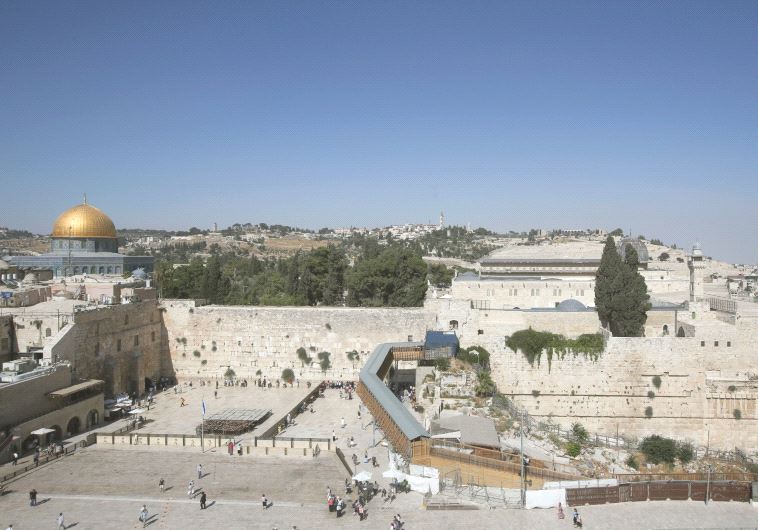Government approves mammoth projects to upgrade access to Western Wall
Currently the only pedestrian access down to the Western Wall from the Jewish Quarter and back up to it is via a long set of stairs.
 A view of the Western Wall, the Temple Mount and Dome of the Rock in Jerusalem(photo credit: MARC ISRAEL SELLEM/THE JERUSALEM POST)
A view of the Western Wall, the Temple Mount and Dome of the Rock in Jerusalem(photo credit: MARC ISRAEL SELLEM/THE JERUSALEM POST)